The charm of Singapore's quaint Chinatown

Located in the bustling heart of Singapore, this area is a tapestry of cultural diversity, rich history and vibrant street life. Chinatown in Singapore is not just a place; it is a colorful story woven into the streets, shops and daily lives of its inhabitants. This article delves into the charm of Chinatown, exploring its historical roots, cultural significance, and countless attractions that make it a must-visit destination.
Show key points
- Singapore’s Chinatown is a vibrant district that blends rich cultural heritage with modern urban life, making it a must-visit destination for tourists and locals alike.
- Established in the early 19th century by Sir Stamford Raffles, Chinatown grew as a settlement for Chinese immigrants who shaped its identity through customs, businesses, and communities.
- The area preserves Chinese traditions through its architecture, temples like the Buddha Tooth Relic Temple, and iconic festivals such as Chinese New Year celebrations.
- ADVERTISEMENT
- A unique blend of the old and new can be seen in its shophouses, modern creative hubs like Pearl's Hill Terrace, and the lifestyle of its diverse residents.
- Chinatown embraces sustainability and technology through initiatives like the Historic Urban Landscape approach, Sustainable Development Goals, and free public Wi-Fi.
- Visitors can enjoy a broad range of attractions including historic temples, dynamic street markets, eclectic art exhibitions, and award-winning dining options.
- Beyond tourism, Chinatown contributes significantly to Singapore’s economy by supporting traditional trades, creative industries, and the hospitality sector.
Historical roots

Chinatown begins in the early nineteenth century when Sir Stamford Raffles, the founder of modern Singapore, dedicated the area west of the Singapore River to Chinese society¹. This decision was pivotal in shaping the identity of the region. The Chinese immigrants who arrived brought with them their customs, languages and aspirations, creating a microcosm of their home in their new settlement. As the community grew, so did the region. The original boundaries of Chinatown have expanded, accommodating diverse dialect and craft groups. Streets such as Pagoda Street, Temple Street, and Smith Street have become synonymous with specific Chinese communities and businesses¹. This organization has created a self-sufficient area where one can find everything from daily necessities to traditional medicine.
Recommend
Cultural significance
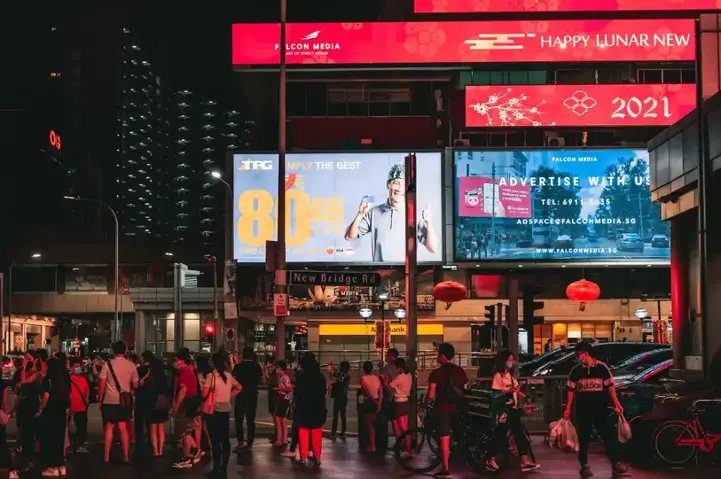
The cultural significance of Chinatown is enormous. It serves as a living museum of Chinese heritage, preserving traditions passed down through generations. The area is home to the Buddha Temple of the Tooth Rilek, a majestic four-story building that houses what is believed to be one of the teeth of the Buddha. This temple is not only a place of worship but also a testament to the spiritual legacy of the Chinese expatriates. Chinese New Year celebrations in Chinatown are particularly famous. The streets come alive with the sounds of drums and the vibrant colors of lion dances. Lanterns light up the night sky, creating a festive atmosphere that attracts thousands of visitors every year.
A mix of old and new

Singapore's Chinatown is a great blend of old and new, where echoes of the past meet the pulse of the present. This unique fusion is evident in the architecture of the area, lifestyle and community spirit.
• Architectural harmony
The architectural landscape of Chinatown is a visual symphony of historical and contemporary design. Traditional shops with their ornate facades and colorful tiles stand alongside stylish modern buildings. People's Park, a brutal structure, is a prime example of this combination, representing the aspirations of a new era while being rooted in the historic context of the area.
• Lifestyle
Chinatown's lifestyle reflects the seamless integration of tradition and modernity. While the older generation can still be seen practicing tai chi in the parks, young people flock to the trendy cafes and shops dotting the area. Pearl's Hill Terrace, once a police barracks, has been transformed into a creative hub with everything from independent film labs to tattoo studios offering "ink noise" sessions.
• Community spirit
The spirit of community in Chinatown has evolved over time. Early immigrant communities have given way to a diverse population that includes recent immigrants, young professionals, and creators. This transformation is part of a broader urban renewal effort, aimed at creating a vibrant city within Chinatown that is sustainable and vibrant.
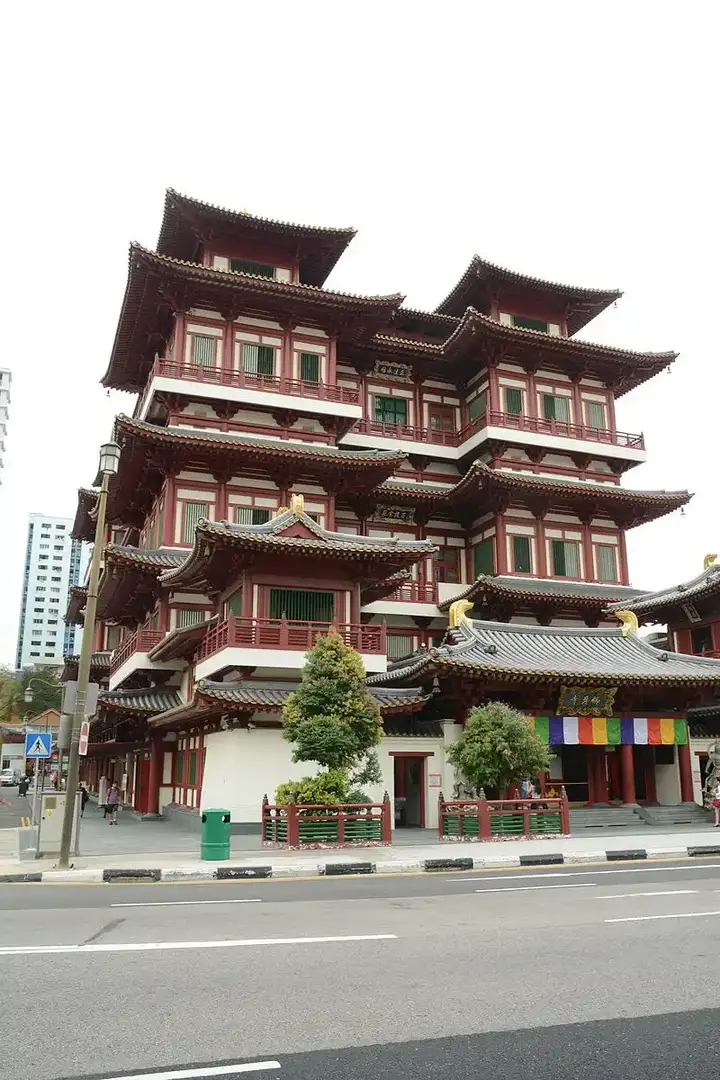
• Sustainable development
Sustainability is at the heart of Chinatown's recent developments. The Historic Urban Landscape (HUL) approach and the Sustainable Development Goals (SDGs) guide the process of urban renewal and conservation, ensuring that the area remains livable and environmentally friendly.
• Digital Integration
Chinatown has also entered the digital world, embracing technology to enhance the visitor experience. In 2014, it became Singapore's first cultural district to offer free street-level Wi-Fi, catering to both locals and tourists.
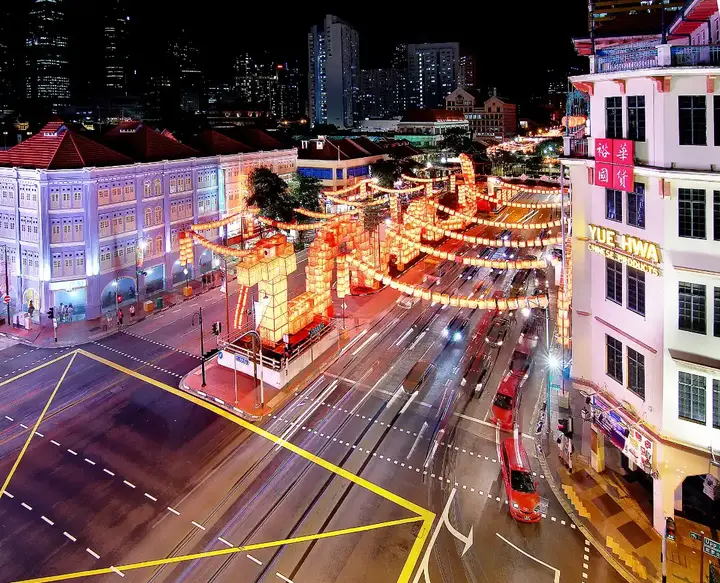
• Modern amenities
While preserving its historic charm, Chinatown has embraced modern amenities and attractions. Efforts have been made to improve facilities and infrastructure, and to provide public and semi-public spaces that improve accessibility and quality of life for residents.
• Cultural continuity
Despite the modernization, Chinatown has not lost its roots. Traditional practices are still largely alive, with Chinese clan associations, temples and community organizations playing an essential role in preserving customs and values.
Attractions and experiences
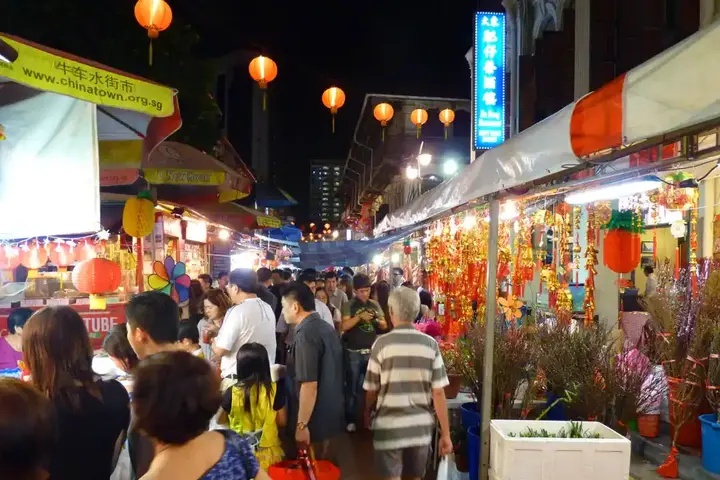
• Cultural and historical attractions
Chinatown is home to important cultural attractions that provide a window into the rich fabric of Singapore's heritage. The Temple of the Buddha Tooth Relic is a must-visit, with its stunning architecture and sacred artifacts. Nearby is Sri Mariamman Temple, Singapore's oldest Hindu temple, showcasing intricate sculptures and vibrant ceremonies. Dedicated to the Chinese sea goddess Mazu, the Thian Hok King Temple is another gem that reflects traditional South Chinese architectural style.
• Vibrant street markets and shopping
Chinatown Street Market is a bustling hub where visitors can find a variety of goods, from souvenirs and traditional clothing to intricate handicrafts. For fashionistas, the Née Vintage Store offers a selection of pre-designed and refurbished bags and accessories. Pearl's Hill Terrace is a creative space with unique shops such as a mummification studio and an independent film lab.
• Art & Exhibitions
Art lovers will appreciate the WOAW exhibition located at Ann Siang Hill, which features periodic exhibitions of artists from around the world. Another highlight is the Red Dot Design Museum, showcasing the latest trends in international design.
• Delicacies
Chinatown's food scene is a gourmet paradise. From Michelin-starred restaurants such as Meta serving French-Japanese fusion cuisine to the largest street vendor centre, China Town Complex Food Centre, where one can enjoy local favourites such as popia and mud rice. For a unique dining experience, Steamov offers a hot pot with a conveyor belt with a variety of soup bases and ingredients.
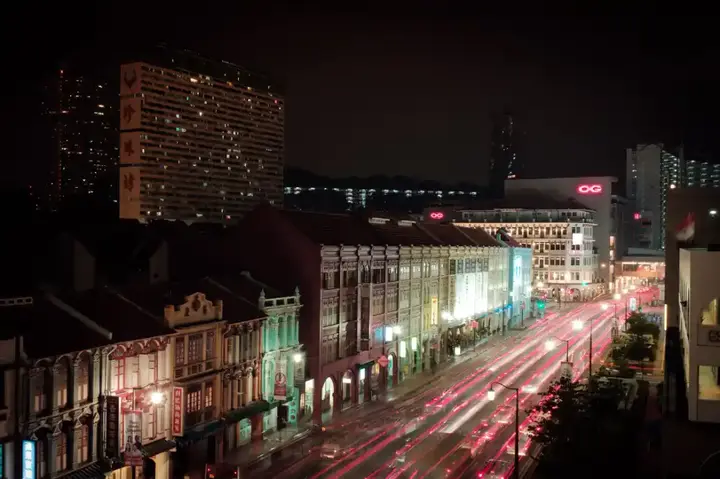
• Bars and nightlife
After dark, Chinatown transforms into a vibrant nightlife venue. The award-winning bars and pubs serve a range of craft beers and innovative cocktails. Thirty Six Brewlab & Smokehouse on Club Street is a popular choice with its open-flame-inspired menu and fresh, crafted beers.
• Unique experiences
For those looking for something different, Chinatown offers unique experiences such as "ink noise" sessions at tattoo studios or exploring creative tenants at 195 Pearl's Hill Terrace. Pinnacle at Duxton Skybridge offers magnificent views of the cityscape, making it an ideal place for photography enthusiasts.
Chinatown's role in Singapore's economy
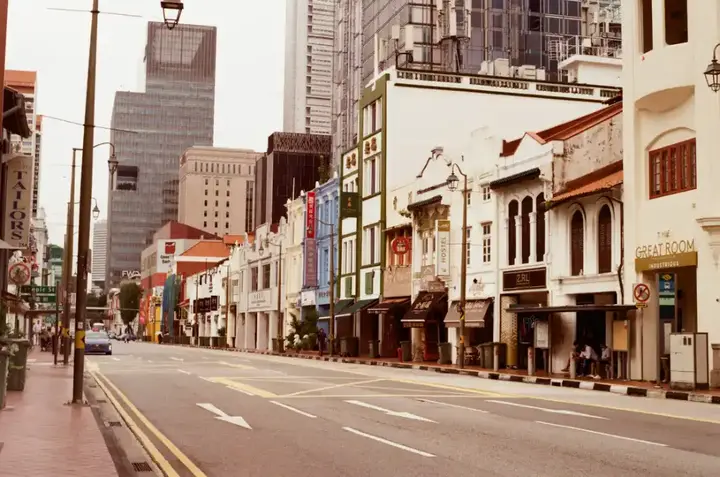
Besides its cultural and historical appeal, Chinatown plays an important role in Singapore's economy. It is a hub for businesses, including traditional Chinese medicine shops, tea houses, and jewelry shops. The tourism and hospitality industry is thriving here, with a range of accommodations catering to visitors who want to immerse themselves in the vibrant atmosphere of the area.
Conclusion
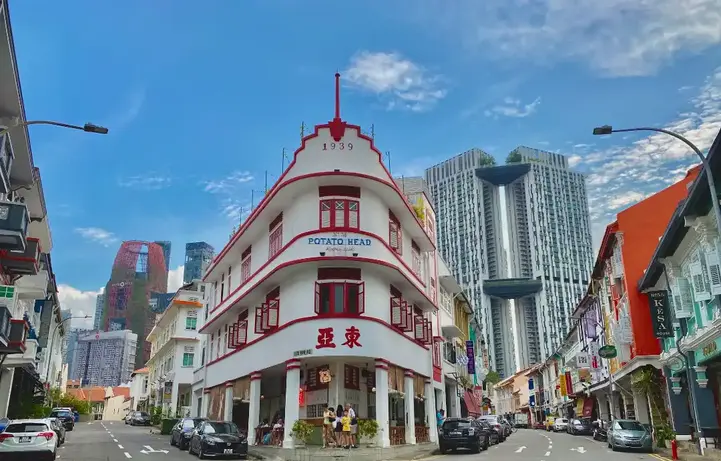
Chinatown in Singapore is more than just a neighborhood. It is a celebration of life, culture and history. It is a place where the past is not only remembered, but it comes to life in the present. Whether you're a history buff, a foodie, or just someone looking for a rich cultural experience, Chinatown has something to offer. Its attractive charm is a testament to Singapore's multicultural fabric and a reminder of the enduring spirit of its people. So, the next time you find yourself in Singapore, let the magic of Chinatown capture your heart and soul.








